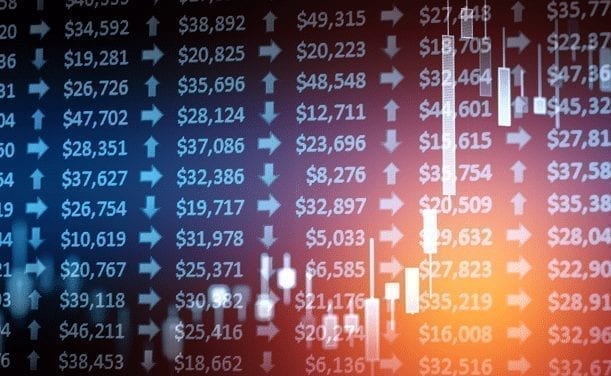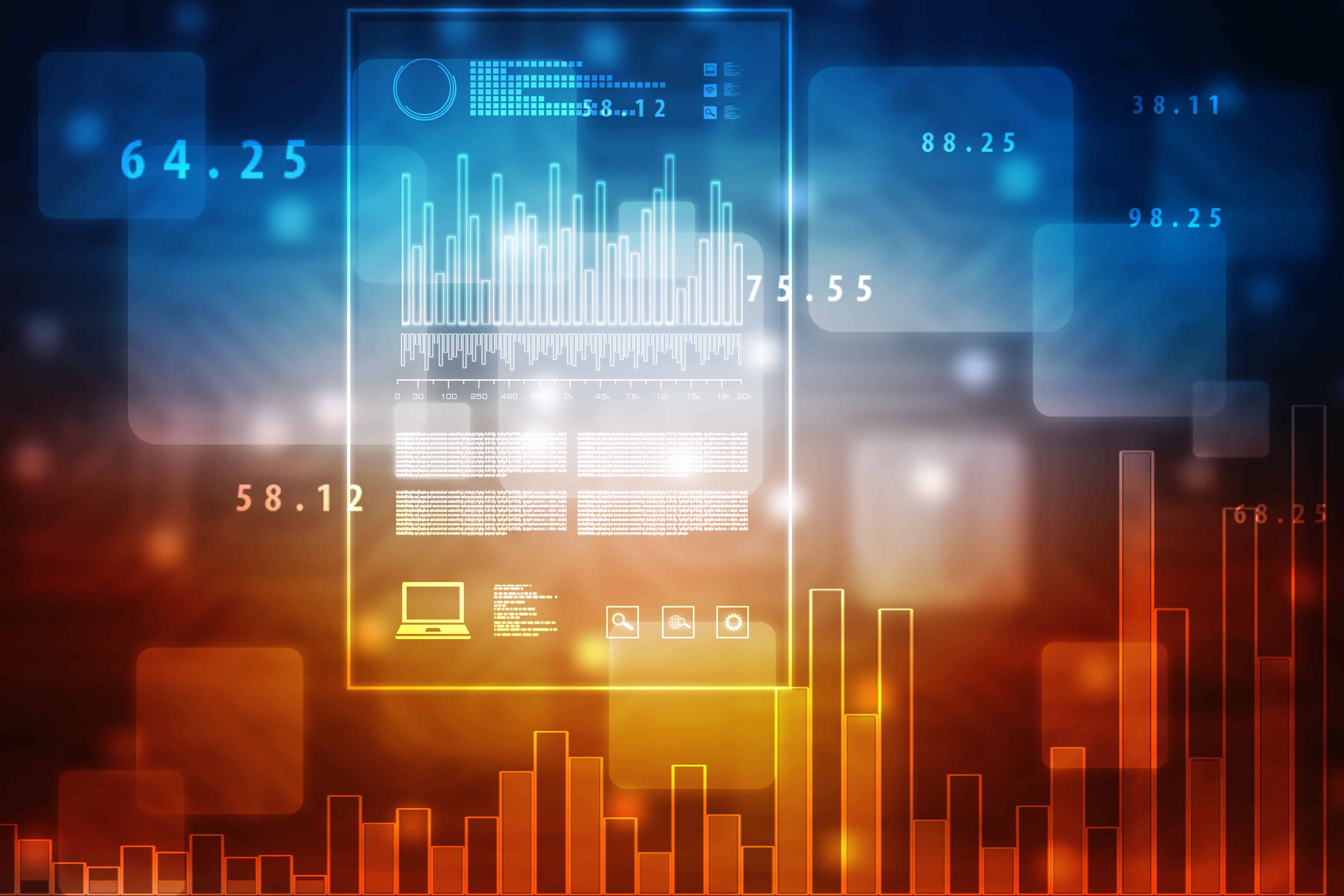
A Brief Definition of Commodities
In order to understand how commodities can be used as financial leverage to make a profit, it is necessary to understand what a commodity actually is. Many investors tend to confuse commodities with other assets or trading elements, such as derivatives. However, although some derivatives trade in commodities, this should not be confused with directly trading in a commodity. Before you can begin profiting from commodity price changes, you need to have a good idea of how these instruments work in the trade industry.
The basic definition of a commodity is a raw material that is transformed into functional and usable output goods that are ideally suited for general daily consumption. These are often standard or uniform, regardless of who is actually producing or manufacturing them. The example of Brent crude oil, a commodity that is used to produce petrol, is listed as a trade commodity on the London stock exchange, with a value that fluctuates daily. Whenever Brent crude oil’s price increases, so does the price of petrol. This is because it is used as a fundamental input product in the production of petrol, which affects every car owner who has to purchase petrol.
Using future contracts is just one method when learning how to trade commodities, however, it happens to be one of the most profitable and efficient methods of doing so. Trading in commodities through future contracts is all about hedging, and both parties (the trader and manufacturer) need to understand the underlying risks.

The Values of Varying Commodities
When a commodity is traded, its underlying value lies in the fact that there is no form of price differentiation between producers of that commodity. One single barrel of Brent crude oil will have the same estimate value, regardless of who manufactured the barrel. This helps to keep the commodity’s performance somewhat predictable, as producers have to keep to the standard current trading price of the commodity. Although commodities have often been limited to just a handful of products, which include gold, oil and platinum, fresh produce such as beef and grains has become a popular commodity in the investment and trading stratosphere.
- Agricultural commodities: beef, wheat, cocoa, sugar, coffee beans, pork, rice, oats, cotton, etc.
- Metal commodities: gold, platinum, copper and silver
- Energy commodities: Brent crude oil, heating oil and heating gasoline
Technological advancements have resulted in foreign currencies as well as market indices being included within the commodities bracket. In order to understand the various types of commodities available, you can group them according to these three distinct and easily identifiable categories, namely, agriculture, metals and energy. Understanding each category allows you to differentiate between price values and changes that take place within the different sectors, and what factors affect these values. This is because a variation of elements may affect agricultural commodities that may never influence or affect the price of energy or mineral commodities.
[broker_small type='stock']
How to Buy and Sell
One of the most effective trading strategies is the use of derivatives, or trading through future contracts. This is possible because future contracts can be used on any underlying assets, including commodities. This makes the purchase or trade of commodities easy to link to derivatives.. When it comes to commodities, trading through future contracts offers two methods that can be employed. The first option occurs when the buyers and the manufacturers of commodity goods use future contracts with commodity goods as underlying assets as a means to hedge against risk. This allows commodity manufacturers to lock down specific spot prices on a commodity and promise to deliver a specific quantity of the product at that price.
As a commodities trader, the objective is to speculate on the activity of the market and lock down a good price, so as to acquire the commodity and trade it at an even higher price. This form of trading also works for the commodities manufacturer, who is able to potentially lock down a good spot price provided the value of the goods starts to decrease or drop in value. It is worth noting that these are dramatically affected by influential factors that may suddenly arise, such as political strife or unexpectedly bad weather. Without an awareness of the market's reaction to potential influences of a particular commodity, chances of trading at a loss become a reality. It is, therefore, prudent that you as a trader keep abreast of all the latest issues.
The Risks of Commodity Trading
Learning how to trade commodities also requires that you are able to identify the risks associated with this method of investment. One of the biggest risks that presents itself within the commodities trading bracket is the ‘commodity price risk’. This risk can be linked back to the primary method in which commodities are traded: future contracts. The ‘commodity price risk’ is a trading risk linked to the uncertainty that comes from price fluctuations that are caused by those who consume the commodity and those who use it. There are also a number of elements that could affect the commodity’s price:
- Political and regulation changes of policy pertaining to the commodity
- Weather conditions and seasonal factors, especially related to agricultural commodities
- Technological advances that may affect productivity and performance of the commodity
- Unexpected market conditions and changes
This risk affects the producer in that if the price is significantly low in one year, it may cause the producer to manufacturer less, and as prices start to rise they lose out on trading powers, as they haven’t produced enough for the year to take advantage of the price increases. This commodity price risk also affects traders of the commodity – if a trader locks down a spot price that proves to be a lot lower than the market value of the commodity, this could result in a loss.

Online Commodity Broker Comparisons
Once you know all the basics of commodities, you can choose an online commodities broker. Trading online is the most functional and effective way of trading. However, it may be within your best interest to conduct a broker comparison, which helps to filter the benefits and disadvantages linked to specific brokers within the UK.
- Account minimums: This is especially important to keep in mind, as it affects how much you can initially deposit into your trading account. This means finding a broker who won’t require a hefty first time deposit minimum, especially since your budget is something that is crucial to your investment options.
- Commission percentages: Search for and prioritise brokers with low commissions, thereby eliminating unnecessary costs and cuts.
- Fees: Keep a close eye on the account and management fees and the broker charges. As a trader, you are searching for the lowest fees possible in order to optimise your profits, not lose them.
- Trading platforms: Consider your trading needs carefully, as well as all the technology and applications you’ll need. This is essential if you want to ensure your trading account allows access to every technological advancement available and keeps you up to date.
- Promotions: Take advantage of any sales and online promotions the broker may be running, such as signing-up bonuses.
Some brokers offer better services and incentives compared to others. Above are some of the features to look out for when choosing your trading broker.
[all_broker_comparison]
Commodity Trading Influences and Strategies
In order to develop an adequate trading strategy, it is essential to acknowledge the fundamental influential factors that will inevitably affect that particular commodity’s price. A simple example is that whatever influences affect the price of cotton won’t necessarily play a role in the price of gold. However, a generic list of influential factors does include industrial demand, dollar strength, geopolitics, interest rates and the weather. While the weather may not affect cotton only, geopolitics will affect both cotton and gold. Trading plans and strategies include identifying and understanding trade risks and strategies associated with commodities. It is important not only to learn these methods but also to test them in hypothetical scenarios and situations in order to witness the market reaction first hand.
This will often require entering specific market positions on a small scale in order to analyse performance. This is because commodities strategies require a technical, hands-on analysis that shows demand and supply ratios. For example, range trading involves trading commodities by purchasing contracts at a low price and selling them at a higher price. Trading breakouts involve purchasing a commodity when it is starting to increase in value, or selling it just before it starts to depreciate. Moreover, the concept of fundamental trading is the most basic strategy, because it is all based on demand and supply. This means that manufacturers of commodities will look to pinpoint the current demand for the commodity within the market and then sell it based on this notion.
[conclusion_start]
An Objective Perspective
In order to be able to understand how to trade commodities successfully, it is important to first comprehend how these can work as underlying assets to a future contract or an option. This means that as a trader, you ought to understand the price risks associated with commodity assets. Assuming that trading in this instrument is relatively easy is often the downfall of many novice traders. Getting to grips with the reality of the situation allows for a confident projection of future profit potential as opposed to loss. Speculation, as well as price projections, plays a huge role in determining what kind of spot price on a future contract or option a trader is willing to settle on.
It is also essential that as a commodities trader, you are able to speculate on possible market fluctuations and projections beforehand. This is essential to locking down a contract that will allow you to reap long-term price benefits of the purchased future contract. It will also be beneficial to be able to follow trends. This means acquiring knowledge of elements that may affect that commodity you wish to trade in, related to your specific region as well as market exchange. Although one of the underlying factors of how to trade commodities lies in the fact that producers charge more or less the same price, it is also crucial to understand the factors that may affect producers within your own trade exchange, and successfully hedge against them.
[tradingcategory_box size=”big”]
